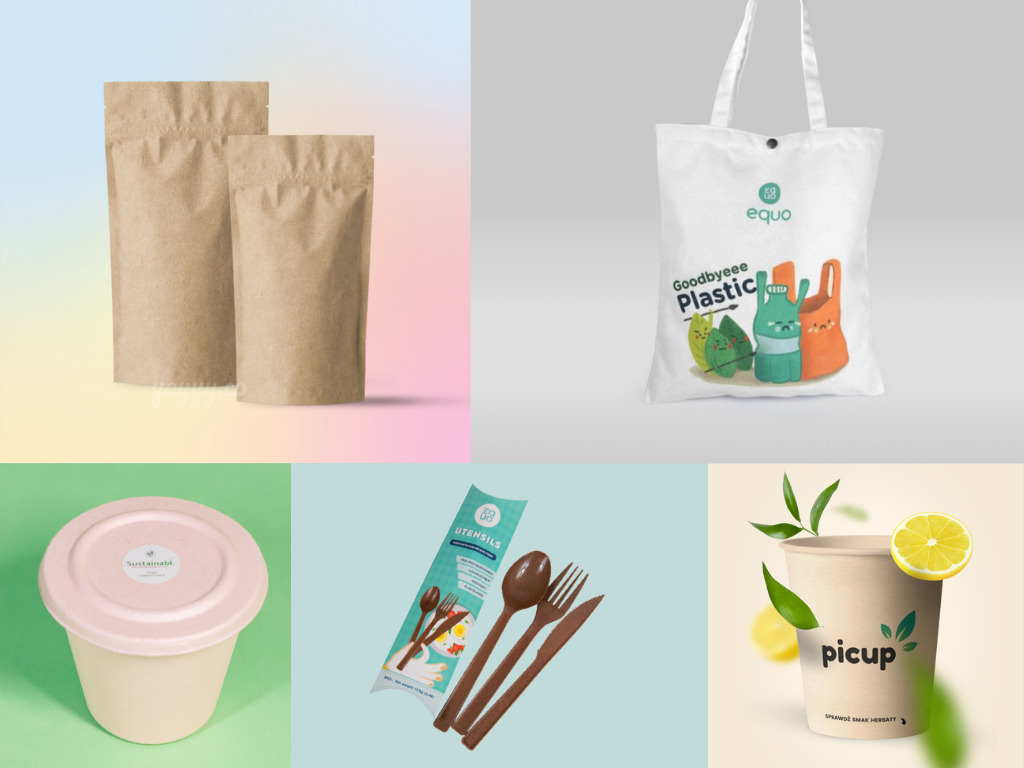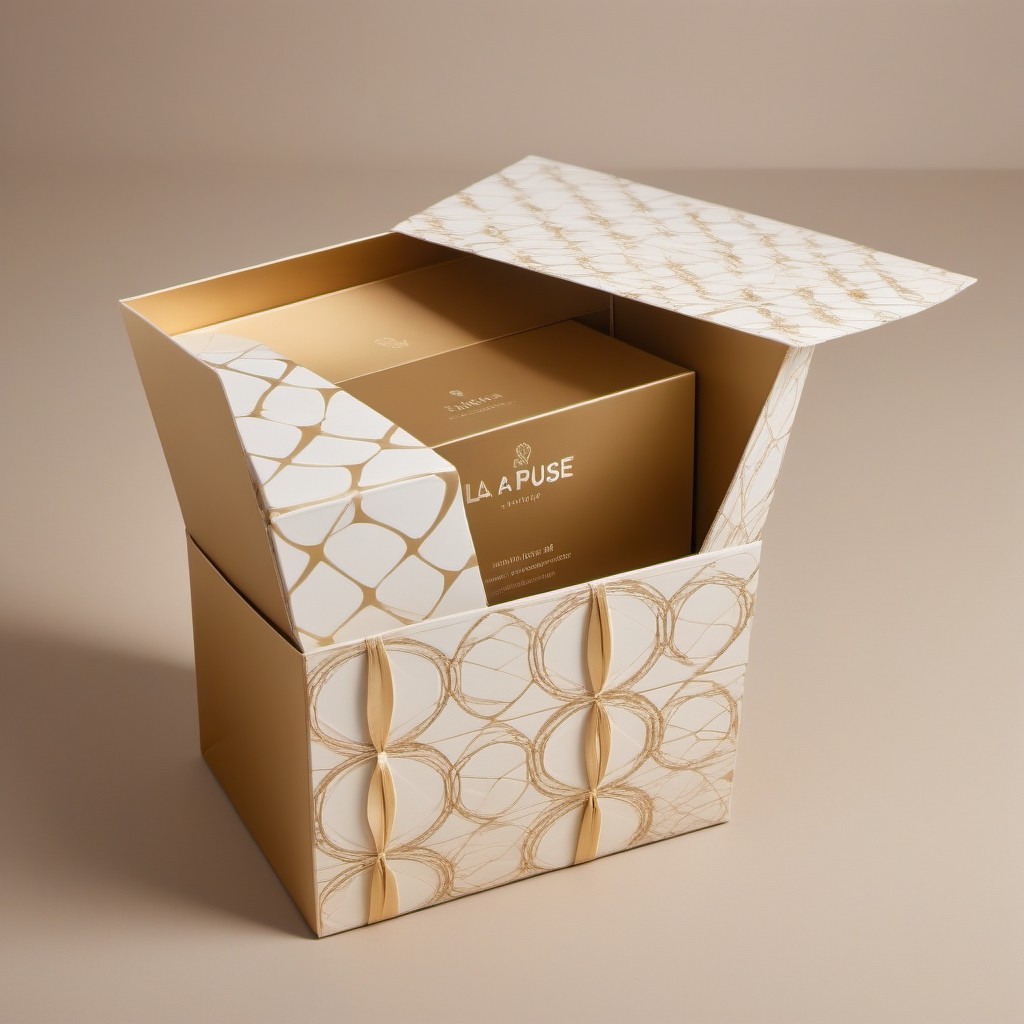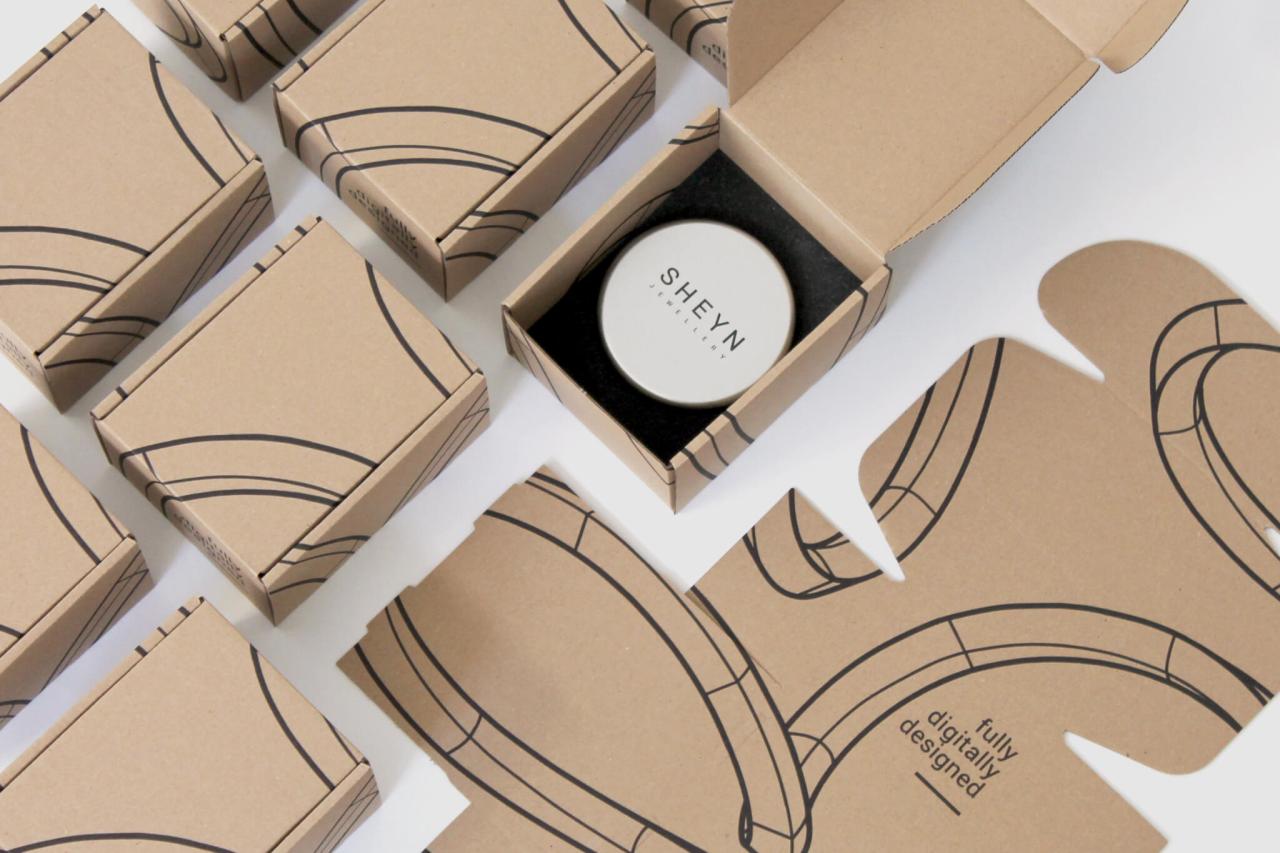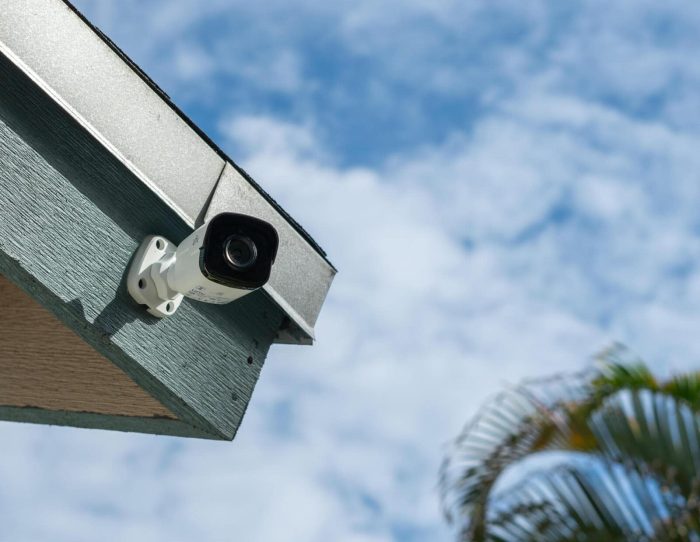Top sustainable packaging design ideas: Eco-friendly solutions for the future
Exploring the realm of sustainable packaging design ideas, this introduction sets the stage for a deep dive into innovative and environmentally conscious practices. From materials to functional innovations, this discussion covers a wide range of strategies that aim to reduce waste and promote sustainability.
As we delve further into the various aspects of sustainable packaging design, the following paragraphs will shed light on key concepts and examples that showcase the potential of eco-friendly packaging solutions.
Sustainable Packaging Materials

In the quest for more sustainable packaging options, innovative materials have emerged as promising alternatives to traditional ones. These materials not only reduce environmental impact but also offer unique properties that benefit both the product and the planet.
Bioplastics
Bioplastics are derived from renewable resources such as corn starch, sugarcane, or cellulose. Unlike traditional plastics made from fossil fuels, bioplastics are biodegradable and compostable, making them a more eco-friendly choice. Companies like Coca-Cola and Nestlé have started using bioplastics in their packaging to reduce plastic waste and carbon footprint.
Mushroom Packaging
Mushroom packaging, also known as mycelium packaging, utilizes the root structure of mushrooms to create a biodegradable and sustainable packaging material. This innovative material is not only compostable but also lightweight and durable. Companies like Dell and IKEA have adopted mushroom packaging as an eco-friendly alternative to traditional packaging materials.
Seaweed-Based Packaging
Seaweed-based packaging is a bio-based material made from seaweed extracts. This material is not only renewable and biodegradable but also offers a barrier to moisture and oxygen, making it suitable for food packaging. Companies like Loliware and Evoware have introduced seaweed-based packaging solutions to reduce plastic waste and promote sustainability in the packaging industry.
Minimalist Packaging Design
Minimalist packaging design focuses on simplicity, functionality, and reducing unnecessary elements to create a clean and efficient packaging solution. By stripping away excess decorations and focusing on essential design elements, minimalist packaging can help reduce waste and environmental impact.
Brands Utilizing Minimalist Design
- Apple: Known for its sleek and minimalistic product packaging, Apple uses simple, recyclable materials to package its devices, reducing unnecessary waste.
- MUJI: A Japanese retail company famous for its minimalist design approach, MUJI's packaging is simple, functional, and often made from recycled materials.
- Aesop: This skincare brand opts for minimalist packaging with a focus on sustainability, using glass bottles and minimal labeling to reduce waste.
Enhancing Customer Experience
Minimalist packaging design can enhance the overall customer experience by providing a sense of elegance, sophistication, and environmental responsibility. By eliminating clutter and unnecessary elements, brands can create a more memorable unboxing experience for customers. Additionally, minimalist packaging can convey a sense of quality and attention to detail, appealing to consumers who value simplicity and sustainability in their purchasing decisions.
Recyclable and Biodegradable Packaging
Recyclable and biodegradable packaging are both sustainable options that aim to reduce environmental impact. However, they serve different purposes and come with their own set of challenges and benefits.
Recyclable Packaging
Recyclable packaging materials can be processed and reused to create new products. This type of packaging helps in reducing waste and conserving natural resources. The challenges of recyclable packaging include the need for proper recycling infrastructure and consumer education. Despite these challenges, many brands have successfully implemented recyclable packaging solutions.
For example, companies like Coca-Cola and Unilever have committed to using recycled materials in their packaging to promote a circular economy.
Biodegradable Packaging
Biodegradable packaging materials break down naturally in the environment, reducing pollution and harm to wildlife. The benefits of biodegradable packaging include a lower carbon footprint and decreased reliance on fossil fuels. However, one of the challenges of biodegradable packaging is ensuring proper disposal methods to facilitate decomposition.
Some brands, such as Lush Cosmetics and Puma, have adopted biodegradable packaging solutions to align with their sustainability goals and reduce environmental impact.
Functional Packaging Innovations

Functional packaging innovations play a crucial role in enhancing the usability and sustainability of packaging solutions. By incorporating smart design features and leveraging technology, companies can improve product protection and reduce environmental impact.
Smart Design Features
- Easy-open mechanisms: Packaging with convenient opening features not only improves user experience but also reduces the need for additional tools or excessive force, promoting sustainability.
- Re-sealable options: Packaging that allows consumers to reseal products after use helps in preserving freshness and extending product shelf life, minimizing food waste.
- Nested packaging: Designs that allow packaging components to fit within each other like nesting dolls optimize storage space during transportation, reducing carbon emissions and packaging material usage.
Role of Technology
- Active packaging: Technology-enabled packaging solutions, such as oxygen scavengers or antimicrobial films, help in extending product shelf life and reducing food spoilage, contributing to sustainability efforts.
- Smart sensors: Incorporating sensors in packaging to monitor factors like temperature and humidity can help ensure product quality and safety, reducing the risk of waste due to improper storage conditions.
Examples of Innovations
- Compostable packaging materials: Using biodegradable and compostable materials for packaging not only reduces environmental impact but also offers a sustainable end-of-life solution.
- Edible packaging: Innovative designs that allow consumers to eat or dissolve packaging materials after use eliminate waste and promote eco-friendliness.
- Protective cushioning: Packaging innovations like air cushions made from recycled materials provide effective product protection during shipping while minimizing the use of non-biodegradable materials.
Final Conclusion

In conclusion, the world of sustainable packaging design is brimming with creativity and potential. By embracing these top ideas, businesses can not only reduce their environmental impact but also create memorable and impactful packaging experiences for their customers.
FAQ Explained
What are some examples of sustainable packaging materials?
Examples include bioplastics, mushroom packaging, and seaweed-based packaging, which offer eco-friendly alternatives to traditional materials.
How does minimalist packaging design contribute to sustainability?
Minimalist design principles help reduce waste by focusing on essential elements, leading to a more streamlined and eco-friendly packaging approach.
What is the difference between recyclable and biodegradable packaging?
Recyclable packaging can be reused or reprocessed, while biodegradable packaging breaks down naturally over time, reducing environmental impact.
How can functional packaging innovations improve sustainability?
By incorporating smart design features and technology, functional packaging innovations enhance usability, product protection, and overall sustainability.




